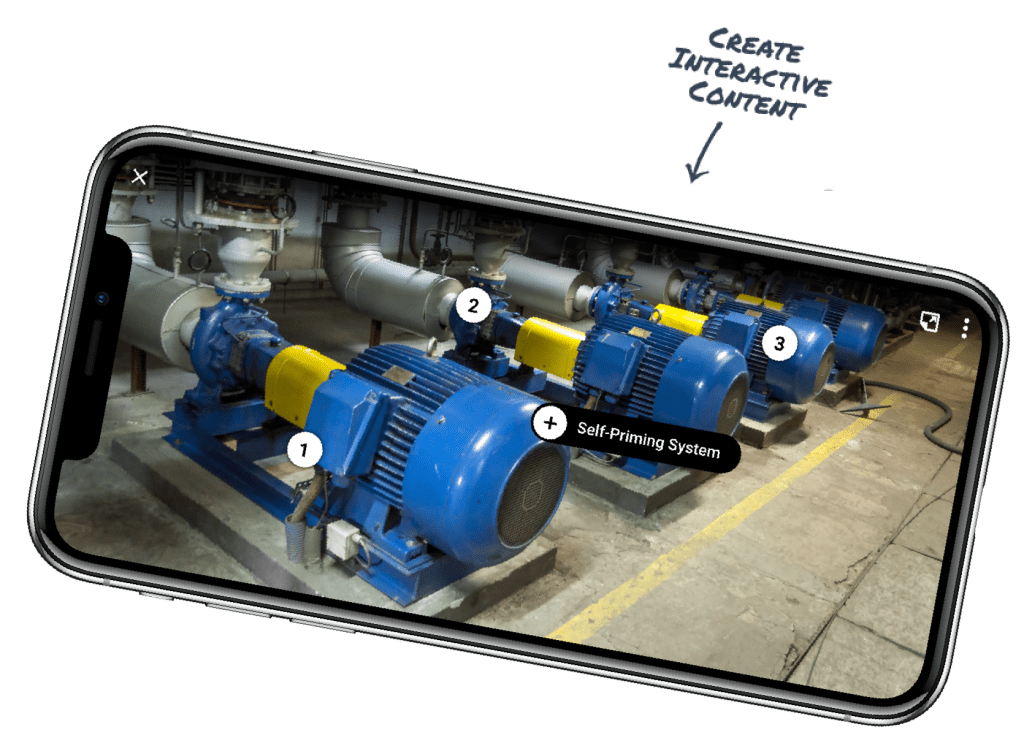Sales Apps for Android
BAM! helps OEM's create the most informed and sales-ready distributors in the industry.
With over 99% of the North American market using mobile devices that are either iOS or Android, it is critical to provide field sales and service reps with:
- Apps that work on all their mobile devices, phones and tablets
- Tools that provide for the fastest training and best retention of new product and sales information
- Information that can be instantly accessed from anywhere (even offline) and easily shared with customers

Trusted by leading manufacturers:







Sales Apps for Android
Which OS is most common among your field sales operators?
How much does it cost to develop apps for Android, iOS, or hybrid?
- Are we replace an existing piece of software, like Dropbox, Sharepoint, or a distributor portal? If so, which parts of what we have do we want to keep (or add more of) and what do we want to eliminate?
- How are we going to roll out the app to make sure we get high levels of usage and adoption?
- What processes will the new app cause us to change and how will we manage and support this change?
- How are we going to solicit feedback from our distributor network to continuously improve the app?
The answers to these questions will not only help to establish a baseline for app development cost, but will make it possible to both 1) measure the ROI of your new field sales app and 2) improve that ROI over time.
What are the differences between building native vs. hybrid apps?
Make your app as accessible as possible
- Freightliner's network of dealerships is exclusive in its product - that is, they sell only Freightliner, Western Star, and related "family" products
- DTNA (Freightliner's parent company) opted to maximize adoption and buy-in by providing iPads to the ENTIRE dealer network. Yes, that's commitment.
For these two reasons, it made sense to focus on iPad development to the exclusion of phones and Android devices. But, it was also 2010 - meaning that Android devices were far behind in terms of market share. Additionally, hybrid app development was in its infancy. The powerful languages that enable hybrid development didn't exist.
Bottom line: the world has changed a lot in the last 12 years.
So, why React / React Native?
In evaluating technology platforms, any company should ask itself these 5 questions:
- What is our level of experience / capability with the technology?
- What is the cost of building in the technology relative to other technologies?
- What is the cost of maintaining in the technology relative to other technologies?
- What is the projected future for the technology?
- What are the technical advantages or limitations of the technology?
We'll use this framework to evaluate React and React Native as our preferred development technologies.
1. React / React Native Capabilities
React is at heart a JavaScript technology, which gives us an immediate boost, as every developer at Pop Art is proficient at JavaScript. JavaScript has become the lingua franca of web development, meaning it's impossible to build a modern web application without it. Any company in the web application space therefore has to have significant JavaScript capabilities. Node, React, and React Native allow us to capitalize on those capabilities, eliminating the "resource distraction" of additional languages (Objective C, C#, Java). It also allows more flexible resource coverage, allowing resources to move between projects more easily, enabling us to be more nimble and responsive.React Native in particular is attractive because traditionally it's been very difficult to move mobile developers to web and vice versa. Because of React Native's unique correspondence to React, it is now much easier to move between web and mobile.
2. What is the Cost of Building in React / React Native?
React and React Native compare very favorably to other platforms. As mentioned before, the ubiquity of JavaScript allows for more flexible resource allocation, knowledge transfer, and collaboration. Additionally, React Native allows us to easily target both iOS and Android with almost identical code bases, significantly reducing the cost of building cross-platform mobile applications.The market for React / React Native programmers is currently strong, meaning it is easier to find very high-quality resources and there are excellent training opportunities and development resources.React and React Native have an extremely robust "component architecture", meaning that commonly used components can be effectively re-used within an application and between applications, reducing the cost of "re-inventing the wheel."
3. What is the Cost of Maintaining React / React Native?
For all the reasons React / React Native applications are cost effective to develop, they are also extremely cost-effective to maintain. In addition to those advantages, React and React Native applications support very robust test infrastructure and development tools that reduce the danger of regressions.
4. What is the Projected Future for React / React Native?
React and React Native are backed by Facebook, which has not only invested heavily in these technologies, but our actively using them on their own projects, increasing the likelihood that they will be around for a long time, and enjoy an active developer community.Other industry heavyweights have recognized the technological promise of React and React Native, and are actively using these technologies, such as:
- Netflix
- Chrysler
- Microsoft
- Atlassian
- Airbnb
- Box
- Capital One
- CloudFlare
- Jeep
- Ram Trucks
- Lyft
- New York Times
- Paypal
- Salesforce
- Khan Academy
- Walmart
While Google's Angular is still a popular solution, React is on track to outpace it:
5. What are the technical advantages or limitations of the technology?
On the React side, very little. There are some challenges inherent in using well-established non-react libraries in a react application (for example, the D3 visualization library or Twitter Bootstrap), but we have been able to overcome these challenges, and there is a lot of community support for providing React wrappers for the more popular projects.React offers excellent browser compatibility and performance (like any technology, it can perform poorly if used incorrectly, but we know how to use it correctly!)React Native takes a well thought-out approach to cross-platform mobile application development. Unlike Ionic and PhoneGap, which leverage device browsers to render applications (essentially embedding a website within an app), React Native actually generates native code, which yields higher performance and a more consistent native experience. That said, there is always a compromise with any cross-platform mobile solution, and some sophisticated mobile applications may be better suited for native development (especially applications that make use of cutting-edge device features). It should be noted that because of React Native's architecture (generating native code instead of encapsulated web applications), native experience is sometimes necessary for sophisticated features. We have found React Native to be the most promising of the cross-platform mobile solutions.
Summary
The following are summaries of our assessment of the most popular web and mobile development platforms:
Web Application Technologies
| React | Angular | Vue | |
| Development Costs | A | A | B |
| Maintenance Costs | A | B | C |
| Projected Future | A | B | B |
| Technical Capabilities | A | B | A |
Mobile Application Technologies
| React Native | Ionic / PhoneGap | Xamarin | |
| Development Costs | A | B | B |
| Maintenance Costs | A | D | C |
| Projected Future | A | B | B |
| Technical Capabilities | B | C | B |
To learn more about how hybrid apps can help your business, please reach out or schedule a demo of BAM!, the mobile sales app that works on iOS and Android.
